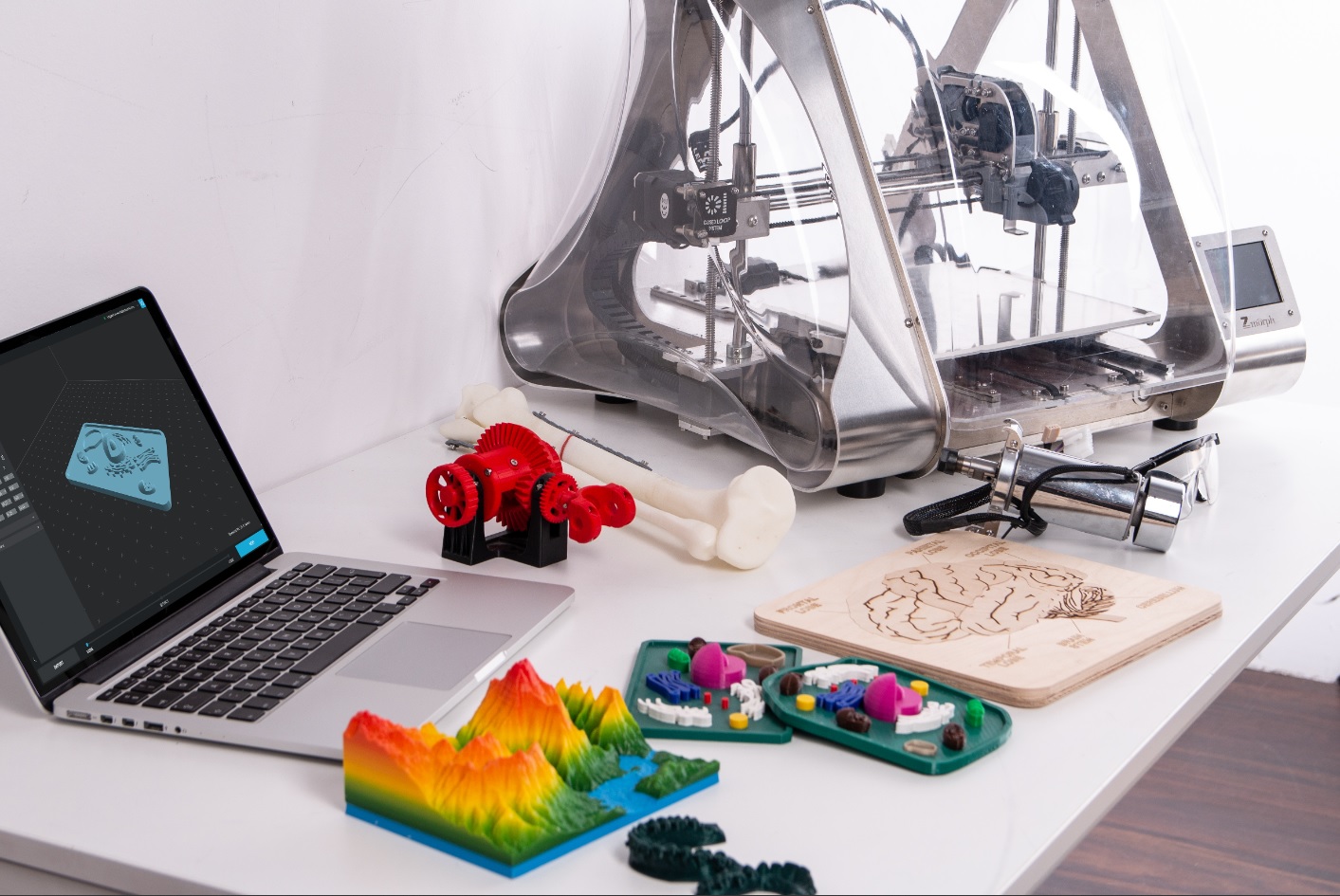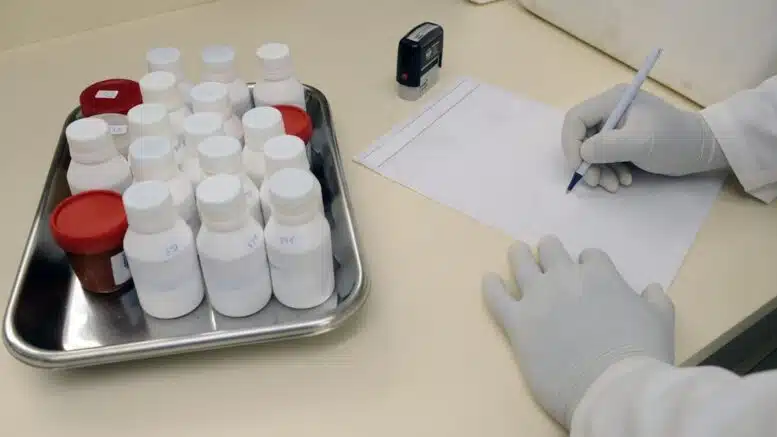Plastic injection molding is a common production procedure in many sectors, including medicine. Plastic injection molding has various and important advantages for medical items.
This article will review the benefits of plastic injection molding for medical devices and how it may enhance medical product quality.
What Are The Benefits?
Precision and Consistency
Molding enables the production of elaborate and complicated forms with extremely tight tolerances. This consistency and precision are vital in medical devices, where patient safety and well-being depend on accuracy.
Cost-Effective
Plastic injection molding is a low-cost manufacturing procedure, particularly for large volumes of medical items. After the mold is built and set up, the production process may operate for extended periods with little oversight. Because of this automation and efficiency, labor expenses and material waste are decreased.
Strength and Durability
Plastic injection molding generates robust and durable parts, making it an excellent production technique for medical items requiring great strength and durability. The procedure allows using various materials, including chemical- and sterilization-resistant medical-grade polymers.
Reduced Contamination Risk
Plastic injection molding is a closed system, which implies that the whole process occurs within the mold, reducing contamination risk. This is especially crucial in the medical business, since even little contamination can have devastating consequences.
Reduced Time-to-Market
Plastic injection molding reduces the time-to-market for medical goods, allowing producers to bring items to market more quickly. The technique is highly automated and can create vast quantities of components quickly, lowering total manufacturing time. This is especially significant in the medical field since designing and manufacturing new goods takes time.
How Does Plastic Injection Mold Reduce Waste For Medical Products?
When making medical items, plastic injection molding services save waste in various ways:

Closed Mold System
To begin with, the technique creates less waste than traditional production processes. This is due to using a closed mold system in plastic injection molding, which reduces the material wasted during manufacturing. The medical gadget is accurately molded by pouring molten plastic material into the mold chamber. The excess plastic is collected and reused in future production runs, reducing waste.
Control Over Process
Plastic injection molding enables exact control over the amount of material utilized in manufacturing. This guarantees that the proper quantity of material is utilized for each element, preventing excess waste.
Furthermore, the molds used in plastic injection molding are designed for manufacturing components with uniform dimensions, limiting the chance of flaws that may necessitate using additional material to fix.
It Fits Perfectly Into the Shape
Plastic injection molding enables the fabrication of parts and components with homogeneous wall thickness, reducing waste even more. The strength and longevity of the medical product are increased while the amount of material required for manufacture is reduced by developing pieces with constant thickness.
How Is Plastic Molding A Safe Process?
Because of its stringent quality control requirements and design flexibility, plastic injection molding is a safe procedure for making medical items.
Follows FDA Protocols
Plastic injection molding molds are intended to create products that fulfill stringent quality and safety criteria. Regulatory authorities such as the FDA enforce these standards by requiring medical items to be made in compliance with particular rules. Plastic injection molding enables the creation of complicated medical parts with great precision and consistency that fulfill these criteria.
Fits According To Patient Needs
The design versatility of plastic injection molding enables the development of medical goods adapted to individual patient demands. This customization allows medical providers to give patients products tailored to their specific needs, lowering the chance of unpleasant reactions or problems.
Materials Are Constantly Evaluated
Plastic injection molding also uses high-quality, medical-grade materials particularly engineered for medical applications. These materials have been extensively evaluated and authorized for medical goods, ensuring their safety in the human body.
Conclusion
As the medical business evolves, plastic injection molding will surely play an important role in satisfying industry expectations. Plastic injection molding is a safe and dependable method of making high-grade medical items that adhere to stringent safety and quality criteria.
It is an excellent choice for medical device manufacturers due to its design flexibility, usage of medical-grade materials, and tight quality control standards.
